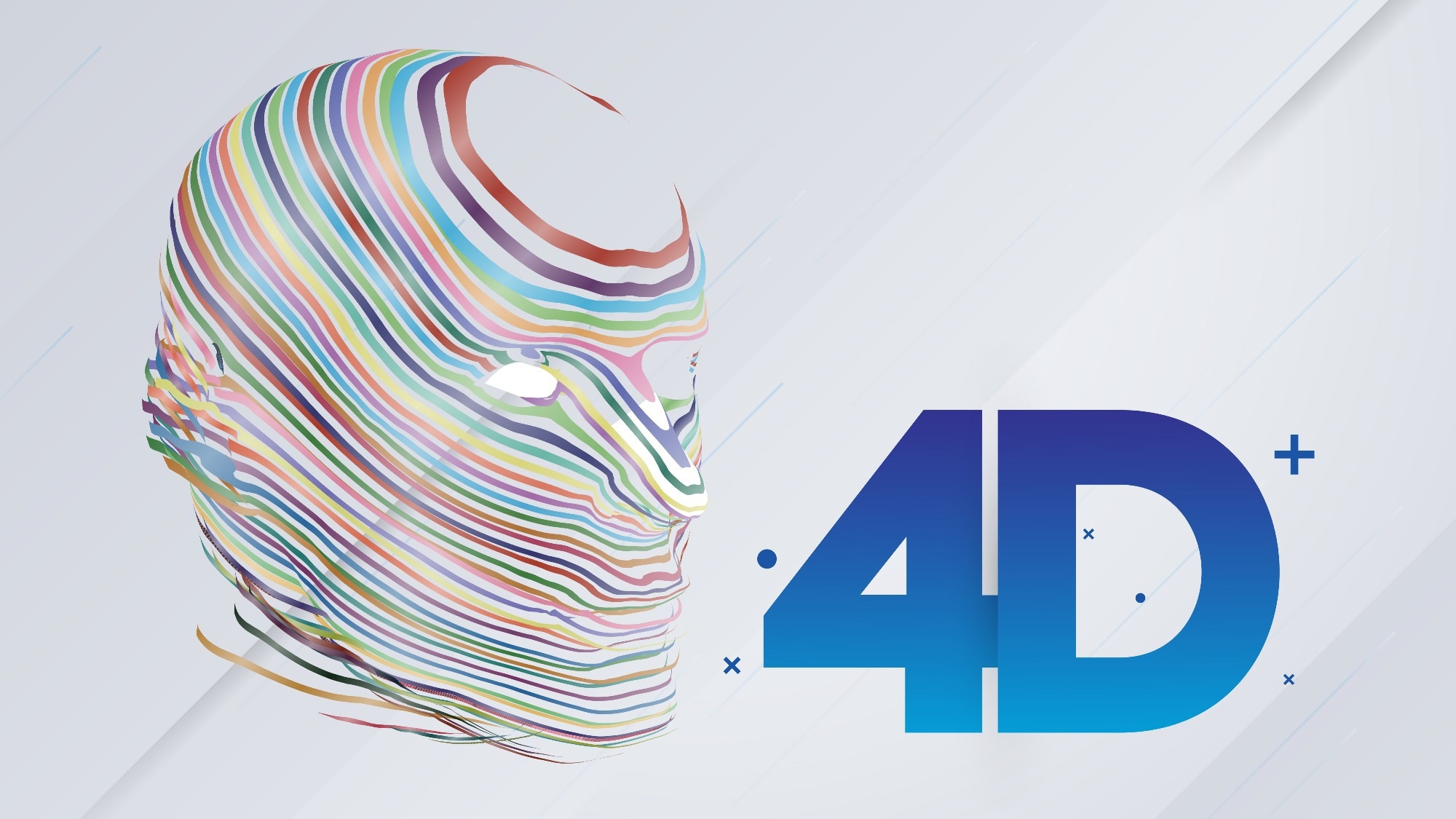 By Surbhi JainReviewed by Susha Cheriyedath, M.Sc.Jun 28 2022
By Surbhi JainReviewed by Susha Cheriyedath, M.Sc.Jun 28 2022In an article recently published in the journal Additive Manufacturing, researchers discussed an interlocking block assembly-based computational design technique for multi-material 4D printing.

Study: A computational design approach for multi-material 4D printing based on interlocking blocks assembly. Image Credit: hunthomas/Shutterstock.com
Background
Design models and approaches to producing creative goods with new usage modes have been significantly influenced over the past few decades by materials development, production strategies, and manufacturing technology. A useful manufacturing technique to improve the capabilities of products and parts is additive manufacturing (AM). Among the breakthroughs in AM, 4D printing focuses on fusing AM and smart materials (SMs) to create items that may change in property, shape, or functioning.
The ability to create active composite structures with well-balanced soft and structural qualities using multi-material 4D printing allows for greater design and engineering freedom. Recent initiatives have highlighted the need to approach 4D printing from a design viewpoint, bringing up the topic of the design with/for 4D printing. However, new multi-material AM solutions must be developed in light of recent developments in design computing using digital materials.
Recent studies on multi-material 4D printing have shown how AI-based algorithms can be used to compute material distributions in three-dimensional structures. Consider discrete assembly of interlocking blocks made from several AM processes and techniques, which is a novel way to get beyond the restrictions of multi-material AM in terms of compatibility between AM processes and materials. Mechanical interlocking with the aid of computational techniques became one of the methods assuring additional freedom in terms of the material combination. A barrier still persists to tackling multi-material 4D printing from an assembly perspective, despite much research having been done in this sector in terms of computer production of interlocking 3D assemblies.
About the Study
In this study, the authors suggested a computational design strategy that could turn a multi-material 4D entity with a computed digital materials distribution into appropriate interconnecting blocks. The latter could be produced individually using single-material AM and then put together to change shape as desired. The concept was implemented using a special plugin in a computer-aided design environment. A case study was presented to show the applicability and usefulness of the suggested approach.
The team presented a computational design technique for multi-material 4D printing or blocks by taking into account the collection of discrete 3D printed voxels. By approaching this technique, any voxel-based constructions that incorporate solid or lattice pieces could be built. The suggested method entailed using digital materials to create subsets of polyvoxels that would be printed individually and then put together within a 3D/4D object or structure.
The researchers used a voxel-based representation in computer-aided design (CAD) that was suitable for 4D printing and multi-material design. By taking into account a computed distribution of materials in a 4D model via a specific CAD plugin as initial input, the idea expanded previous work on interlocking assemblies. The proposed computational design approach, which could examine the distribution of digital materials into interlocked blocks, was presented. The reasoning mechanisms were implemented using a computational design plugin in a CAD environment, and a case study was shown to highlight the applicability of the suggestion.
Observations
When the multi-material structure was exposed for three minutes to water that was at 40 °C, the transformation was realized. After five minutes, the water was gradually cooled to room temperature to recover its shape. Constant stimulation of the object allowed for shape fixity, or the ability of a material to maintain a particular shape after stimulation. The interlocking block assembly process could produce more than one conceivable result since the blocking voxel candidates and insertion directions were chosen at random throughout each iteration.
On the one hand, the proposed computational design made it possible to automatically create an interlocking assembly rather than having to use expensive assembly design techniques. On the other hand, its universality and efficiency enabled the exploration of new kinds of complicated assemblies that were not possible to print using a single run of a specific AM technique, such as mixing solid voxels/lattices or metals/polymers in a single assembly.
Conclusions
In conclusion, this study emphasized a computational design strategy for 4D printing with several materials. The approach sought to produce interconnecting blocks that are intended to be printed individually and then joined to create the multi-material 4D structure by taking into account a specified digital materials distribution fulfilling a desired shape-changing behavior.
The example case study demonstrated the added value of the idea in terms of computation and reality. It displayed a particular shape-changing behavior. The authors believe that this study paves the way for creative and exciting applications in a variety of fields, including soft robotics, automotive, space constructions, and medical technology.
Disclaimer: The views expressed here are those of the author expressed in their private capacity and do not necessarily represent the views of AZoM.com Limited T/A AZoNetwork the owner and operator of this website. This disclaimer forms part of the Terms and conditions of use of this website.
Source:
Benyahia, K., Seriket, H., Prod’hon, R., et al. A computational design approach for multi-material 4D printing based on interlocking blocks assembly. Additive Manufacturing 102993 (2022). https://www.sciencedirect.com/science/article/abs/pii/S2214860422003864